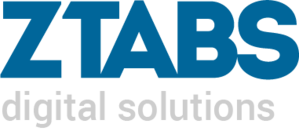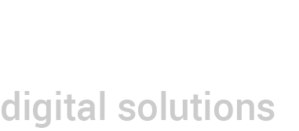Many businesses are shifting their system to the cloud to meet the current business standards. But wait, we have several options regarding the cloud. So, a critical analysis of SaaS vs. PaaS will help you make a better choice.
We have summed up all essential details concerning two different models of cloud services. This information will help you understand the features of cloud models. Let’s study the details to analyze each model.
This article will cover the following:
SaaS
SaaS is an abbreviation of software as a service. It is the most common cloud computing service model. It allows users to access different software on web browsers. So, users can install or download the software without using SaaS. It also manages and hosts the applications and software for its users.
Examples: Google workspace, Slack, Zoom, Dropbox, WebEx
Characteristic of SaaS
SaaS provides the following key features to its users:
- Manage and host software
- Softwares accessibility through web browsers
- No updates require
- Provides data security
- Subscription-based billing
Pros
SaaS provides the following top four benefits to its users:
Customize Features
SaaS doesn’t only provide easy access to different features of applications and software. You can also uniquely use various functions of applications by customizing them.
Cost Effective
SaaS provides direct access to different software, eliminating installation, updating, and managing costs. Many applications also offer a free trial for up to a specific period, letting the users try it before investing money.
Easy Access
Applications are easier to access and handle through the SaaS cloud model. Users can open any concerned interface on any browser. It’s impressive to get the best features and templates effortlessly. Most importantly, you can test those features before actually buying them.
Upgrades
You can use current versions of applications through a subscription-based billing system. Traditional models don’t let you use updated versions. Users need to buy and install it before using a particular software. However, SaaS enables you to use updated features of each app and software at a lower cost.
Cons
Despite its multiple benefits, SaaS also has the following limitations:
- The complexity of deep integration
- The third-party server holds the organization’s private data
- Minimal customization
- Limited Features availability
- Limited Control over software
PaaS
PaaS (Platform as a Service) is a cloud service model that lets the users develop, manage and maintain different applications. Users can get a third-party server on board for networking services and data storage to create and customize various applications.
Examples: OpenShift, Heroku, Force.com, Windows Azure,
Characteristics of PaaS
PaaS has the following key characteristics:
- It facilitates the integration of databases and web services.
- Multiple users have access to a single development application.
- Serve different development needs like testing and deployment.
Pros
PaaS offers the following benefits for its users:
- Saves hardware purchasing cost
- Easy Access
- No maintenance required
- Fast and flexible app development services
Cons
PaaS has some limitations that can become challenges for the users. Its disadvantages include the following:
- The third-party server holds the managing details of applications
- Higher dependency
- Integration complexities
- Lock-in
Difference Between SaaS and PaaS
SaaS (Software as a service) and PaaS (Platform as a service) are cloud service models. PaaS is usually used for application and software development. However, PaaS gives you direct access to applications and software on web browsers.
For instance, your team wants to design a new application to handle your client’s activities. Then, PaaS will serve your needs by allowing you to develop an application that fulfills your requirements. Once you have created an application, SaaS will enable you to use that application to perform your daily tasks.
Key Takeaways
SaaS and PaaS serve various needs of their users. Users should choose a model by keeping in view their essential requirements. Many organizations also use multiple models to fulfill their different needs.
Well, cloud service models are part of emerging business tactics. So, this article will help you get information about the two basic cloud models.
Related Articles:







